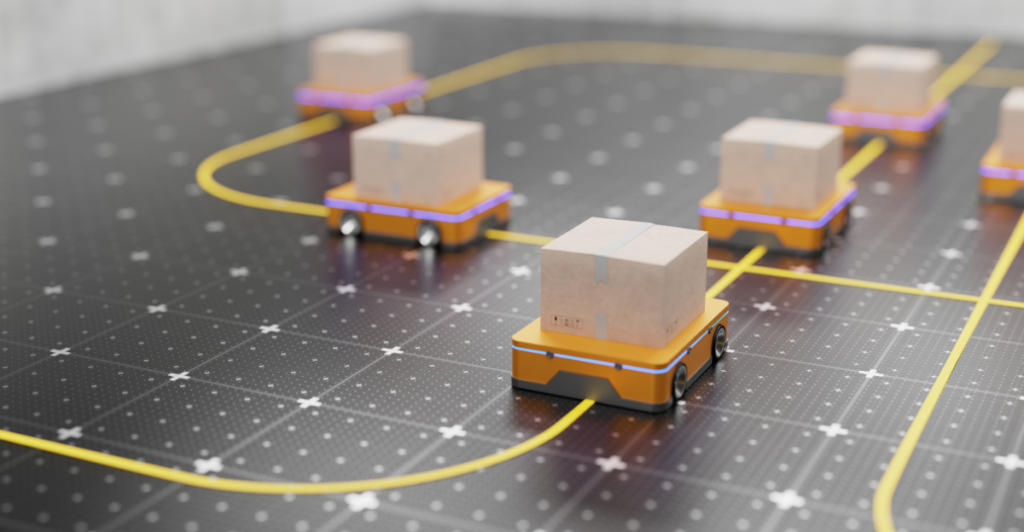
In recent years, generative artificial intelligence (AI) has revolutionized various sectors, from creative industries to complex problem-solving domains. Its ability to produce human-like text, images, and even music has opened new avenues for innovation and efficiency. However, beneath this technological marvel lies a significant environmental concern: the substantial energy consumption required to train and operate these advanced AI models.
In Leaps And Bounds

The rapid development and deployment of generative AI have led to an exponential increase in computational demands. This surge in energy usage not only raises operational costs but also contributes to a growing carbon footprint, challenging global sustainability efforts. As society becomes increasingly reliant on AI-driven solutions, it is imperative to assess whether the benefits of generative AI justify its environmental costs.
The Energy Demands of Generative AI

Training large language models (LLMs) like GPT-3 and GPT-4 requires immense computational resources. For instance, GPT-3’s training process consumed approximately 1,287 megawatt-hours of electricity, equivalent to the annual energy consumption of 120 average U.S. households. This intensive energy use results in significant carbon emissions, with GPT-3’s training estimated to emit over 550 metric tons of CO₂, comparable to the lifetime emissions of five average cars.
How Does It Work

The operational phase of these AI models further exacerbates energy consumption. Each interaction with a generative AI model, such as responding to a user query, requires substantial computational power. As the adoption of AI-powered applications grows, the cumulative energy demand becomes increasingly concerning. For example, integrating AI into search engines could multiply energy costs significantly, with some estimates suggesting energy costs rising to nearly 30 billion kWh per year, an energy footprint larger than many countries.
Environmental Implications

The environmental impact of generative AI extends beyond carbon emissions. Data centers that house AI models consume vast amounts of water for cooling purposes. In regions where water resources are scarce, this practice can strain local ecosystems and communities. Additionally, the production and disposal of hardware used in AI computations contribute to electronic waste, posing further environmental challenges.
Sources Of Power

Moreover, the reliance on non-renewable energy sources to power data centers intensifies the ecological footprint of AI technologies. While some tech companies have pledged to transition to renewable energy, the current infrastructure and energy demands of AI models often outpace these sustainability efforts. For instance, in 2024, Google failed to reach key goals from their net zero plan as a result of their work with AI, and had a 48% increase in greenhouse gas emission attributable to their growth in AI.
Weighing the Benefits

Despite these environmental concerns, generative AI offers substantial benefits. In the medical field, AI models assist in diagnosing diseases and personalizing treatment plans, potentially saving lives. In environmental science, AI aids in climate modeling and the development of sustainable technologies. These applications demonstrate AI’s potential to contribute positively to society.
In Every Sector

Furthermore, generative AI enhances productivity across various industries. By automating routine tasks and providing sophisticated data analysis, AI enables professionals to focus on more complex and creative aspects of their work. This increased efficiency can lead to economic growth and improved quality of life.
Mitigation Strategies

To address the environmental impact of generative AI, researchers and industry leaders are exploring several mitigation strategies. Developing more efficient algorithms that require less computational power is a primary focus. Additionally, optimizing data center operations to reduce energy and water consumption is crucial. Implementing advanced cooling technologies and utilizing renewable energy sources can significantly diminish the ecological footprint of AI models.
The Cost Of Energy

Another approach involves increasing transparency regarding the energy consumption of AI models. By openly reporting the environmental costs associated with AI development and deployment, organizations can make informed decisions and encourage sustainable practices within the industry. Initiatives like the AI Energy Star project aim to offer insights into AI’s energy efficiency, promoting accountability and environmental responsibility.
The Path Forward

Balancing the advancements of generative AI with environmental sustainability requires a multifaceted approach. Collaboration among researchers, industry stakeholders, and policymakers is essential to develop and implement effective strategies. Investing in research focused on energy-efficient AI models and sustainable data center infrastructure will be pivotal in mitigating the environmental impact.
Moreover, adopting policies that promote the use of renewable energy in AI operations and incentivize the development of eco-friendly technologies can drive the industry toward a more sustainable future. Public awareness and consumer demand for environmentally responsible AI solutions can also influence corporate practices and encourage the adoption of greener technologies.
The Future of AI

Generative AI stands at the forefront of technological innovation, offering unprecedented capabilities that can transform society. However, its substantial energy consumption and environmental impact cannot be overlooked. As the technology continues to evolve, it is imperative to pursue sustainable practices that balance the benefits of AI with the imperative to protect our environment.
The Best Plan

By prioritizing energy efficiency, transparency, and the adoption of renewable resources, the AI industry can mitigate its ecological footprint. Through collective effort and responsible innovation, it is possible to harness the potential of generative AI while safeguarding the planet for future generations.
Discover more of our trending stories and follow us to keep them appearing in your feed.

Colossal American Impact Crater Found—Three Times Bigger Than the Grand Canyon
The Cost of Clean Energy Is Plummeting—Here’s What That Means For 2025
The 10 U.S. States Where the Electricity Costs Are the Highest – Is Yours on the List?
Bees Reportedly Halt Meta’s Plans for Nuclear-Powered AI Data Center
Stay connected with us for more stories like this! Follow us to get the latest updates or hit the Follow button at the top of this article, and let us know what you think by leaving your feedback below. We’d love to hear from you!







